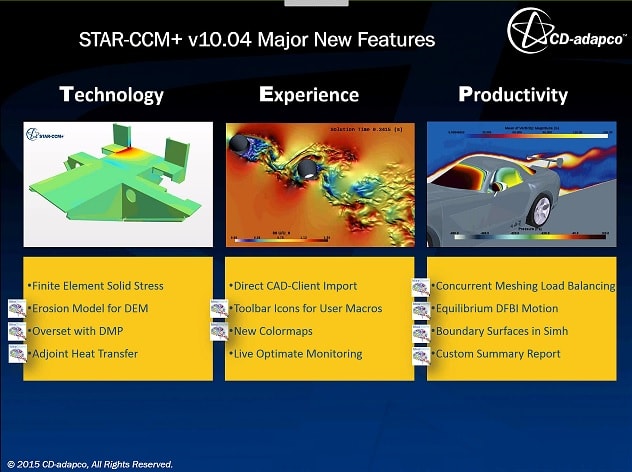FLCraneBuilder
Industrial
- Sep 10, 2006
- 93
We are designing columns, headers & footers for a free-standing, 30 ton capacity monorail system, 32' tall. We are somewhat deadlocked on the debate as to what LATERAL load should be applied to the structure (by the lifted load).
AISC (9th edition) page 5-29 notes that 20% of lifted load & trolley shall be used for lateral load and 10% of the sum of wheel loads is used for longitudinal load.
The problem is that this paragraph applies to bridge crane runways (3 axis movment) - not monorail systems (2 axis movement); With monorails, there is theoreticly Zero lateral load.
I believe that 5% is more in order unless there is certainty that the user will be lifting off center (at which point the 30 tons will violently swing towards center)
I would appreciate your opinions on this subject
copy of dwg attached if needed
AISC (9th edition) page 5-29 notes that 20% of lifted load & trolley shall be used for lateral load and 10% of the sum of wheel loads is used for longitudinal load.
The problem is that this paragraph applies to bridge crane runways (3 axis movment) - not monorail systems (2 axis movement); With monorails, there is theoreticly Zero lateral load.
I believe that 5% is more in order unless there is certainty that the user will be lifting off center (at which point the 30 tons will violently swing towards center)
I would appreciate your opinions on this subject
copy of dwg attached if needed





![[idea] [idea] [idea]](/data/assets/smilies/idea.gif)
![[r2d2] [r2d2] [r2d2]](/data/assets/smilies/r2d2.gif)